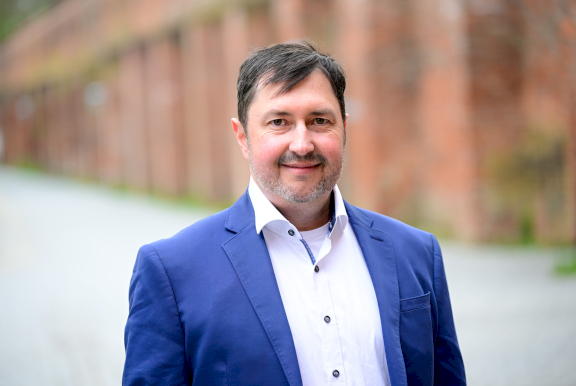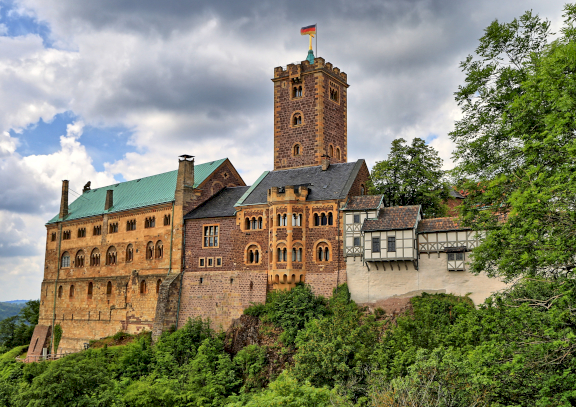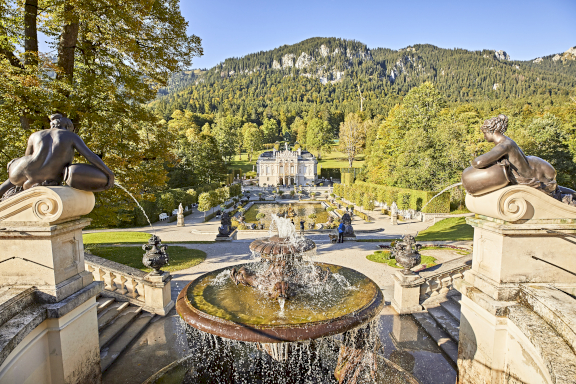
Castles & Palaces
Castles & Palaces A unique cultural heritage
Medieval knights' castles, romantic baroque palaces and impressive fortifications - an estimated 25,000 castles and palaces in Germany bear witness to Germany’s rich historical past. Some of them are only ruins, but many of them are completely preserved and visiting them offers unique insights into the life, culture and art of times gone by.

Castles An impressive spectrum
From medieval fortresses to fairytale monuments - Germany is the castle capital of the world. For generations, some of these magic buildings inspired artists from various fields for their works.

Palaces Where emperors and kings lived
Magnificent buildings from different eras bear witness to how the nobility resided.

Exclusive experience
For special moments and to feel like a nobleman for some time we privatize castles. A very personal tour with the prince himself through his estate or the perfect place for a special occasion like a wedding proposal is an unforgettable experience.
Insights from our expert Harry Weiler-Luvas

Picked up by a horse carriage early in the morning and coming up to the main entrance provides a first royal impression - a unique experience. When entering the castle with our guest and no one else is around is always special for me, however when guests feel the entire castle for themselves, peace and quietness add momentum to the already spectacular space.
Contact us Together we plan the most unique travel experience in Germany, Switzerland and Austria
Discover more Browse through the handpicked experiences.












